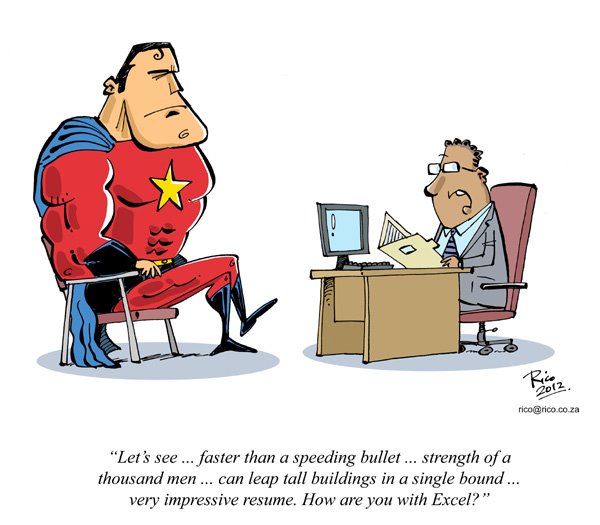If you’re like most people, you are starting your day off with this inefficient step. It doesn’t have to be this way! In this video, I will show you how to open and close spreadsheets using Excel shortcuts for both PC and Mac. Save time every single day, so you can get back to your life!
Download FREE Hands-On Exercises
Full Video Transcript:
If you’re watching this video, then odds are that you’re doing this one thing at least once every single day inefficiently. Today I’m going to show you how to open and close spreadsheets quickly.
The beauty of these shortcuts is that they’re all very simple and very straightforward. So when you want to actually create a new Excel file, all you really need to do is hit CTRL+N with the keyboard. N stands for new, doesn’t get easier than that. Same concept with CTRL+O for open, CTRL+S for save. Gets a little different with CTRL+W, think of it as closing the workbook or closing the window, which is actually different than quitting the whole application. I’ll show you in a second. So that is what you use ALT+F4 to quit the application, right. So if I hit CTRL+W, it closes that workbook or that window, but if I hit Alt+F4 on the PC, it quits the entire program. That’s the difference.
So what I want you to do is pay attention to that little nuance. And for the Mac, it’s actually going to be COMMAND+Q to quit, which is even more straightforward.
The memory trick here for the PC is think of it as at the altar, the Fantastic Four, those superheroes that we all love, are getting married and the priest is really fed up and says, “I quit.” So at the altar, the Fantastic Four getting married and priest says, “I quit,” that means ALT+F4 is to quit the application. And that’s it.
So for this exercise I want you to actually go ahead and create 5 new workbooks, save them all with silly names like 1 through 5, close them all, open them back up. And again, use only the keyboard shortcuts.
Don’t forget to visit excelshir.com where you can download these exercises along with other free resources such as keyboard shortcut cheat sheets for both PC and Mac. Thanks for watching and I’ll see you next time. And in the meantime, don’t forget to share the Excel love.





